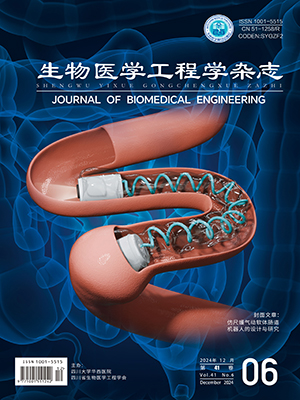In this study, the rescue effect of receptor activator for nuclear factor-κB ligand (RANKL) on zoledronate acid (ZOL) induced inhibition of osteoclastogenesis and gene expression of NF-κB p50 and c-Jun was investigated. Mice calvarial osteoblasts (OBs) were harvested and co-cultured with RAW264.7 cells and the cells were divided into 4 groups and received treatment with ZOL and RANKL, either single or combined. The formation of multi-nucleated osteoclast (OC) was examined and gene expression of NF-κB p50 and c-Jun was detected. Group B (ZOL) showed least multi-nucleated OC and resorption lacunae among the 4 groups (P<0.05 or P<0.01) and it was followed by group C (ZOL+RANKL). Group D (RANKL) showed highest OC and resorption lacunae while it was similar to Group A (control) (P>0.05). Gene expression of NF-κB p50 and c-Jun was the lowest in group B (P<0.05 or P<0.01) among the four groups and was significantly increased in group C when compared with group B (P<0.05). Group A and D showed highest gene expression and they were similar to each other (P>0.05). This study suggest that RANKL might partly rescue ZOL induced inhibition of osteoclastogenesis, and the effect of RANKL and ZOL on osteoclastogenesis may be mediated by NF-κB p50 and c-Jun.
Citation: XUChunfeng, LIPeng, DONGWei, DINGShiyu, LIRen, QIMengchun, LIJinyuan. The Rescue Effect of RANKL on Zoledronate Induced Acid Inhibition of Osteoclastogenesis and Gene Expression of NF-κB p50 and c-Jun. Journal of Biomedical Engineering, 2014, 31(2): 385-388. doi: 10.7507/1001-5515.20140072 Copy
Copyright © the editorial department of Journal of Biomedical Engineering of West China Medical Publisher. All rights reserved




